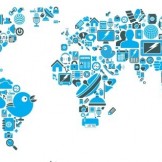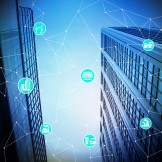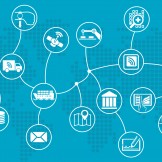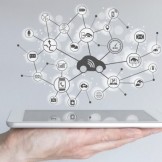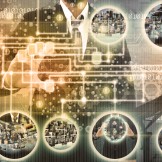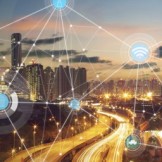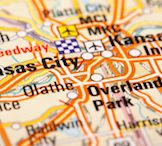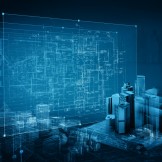How to Leverage IoT in Your Agency
Many agencies are not sure how to approach integrating IoT technology into their overall mission. Fortunately, doing so is relatively easy. Check out what these IoT experts have to say about developing an IoT action plan and how all levels of the public sector can foster innovation through IoT technology.

